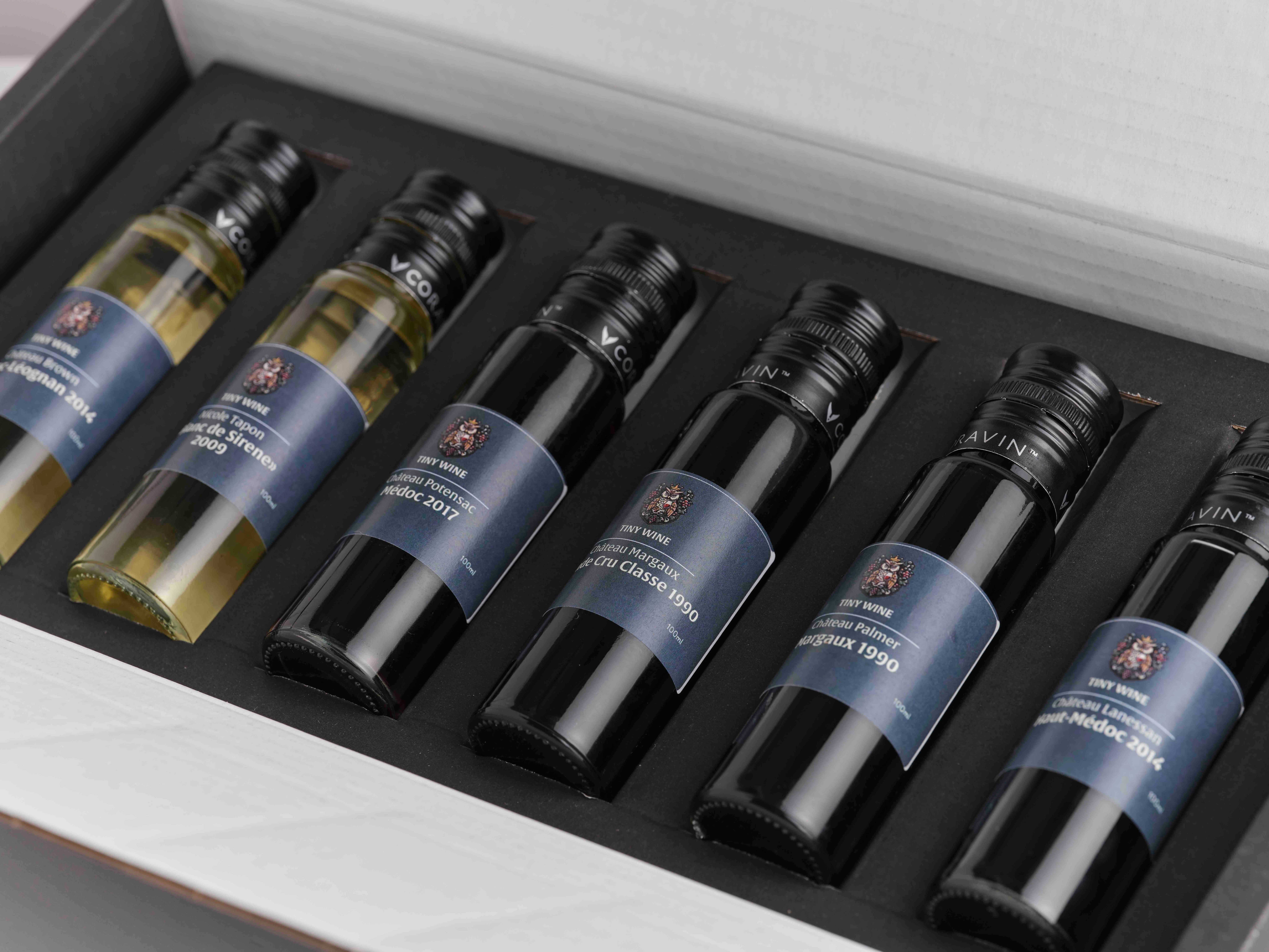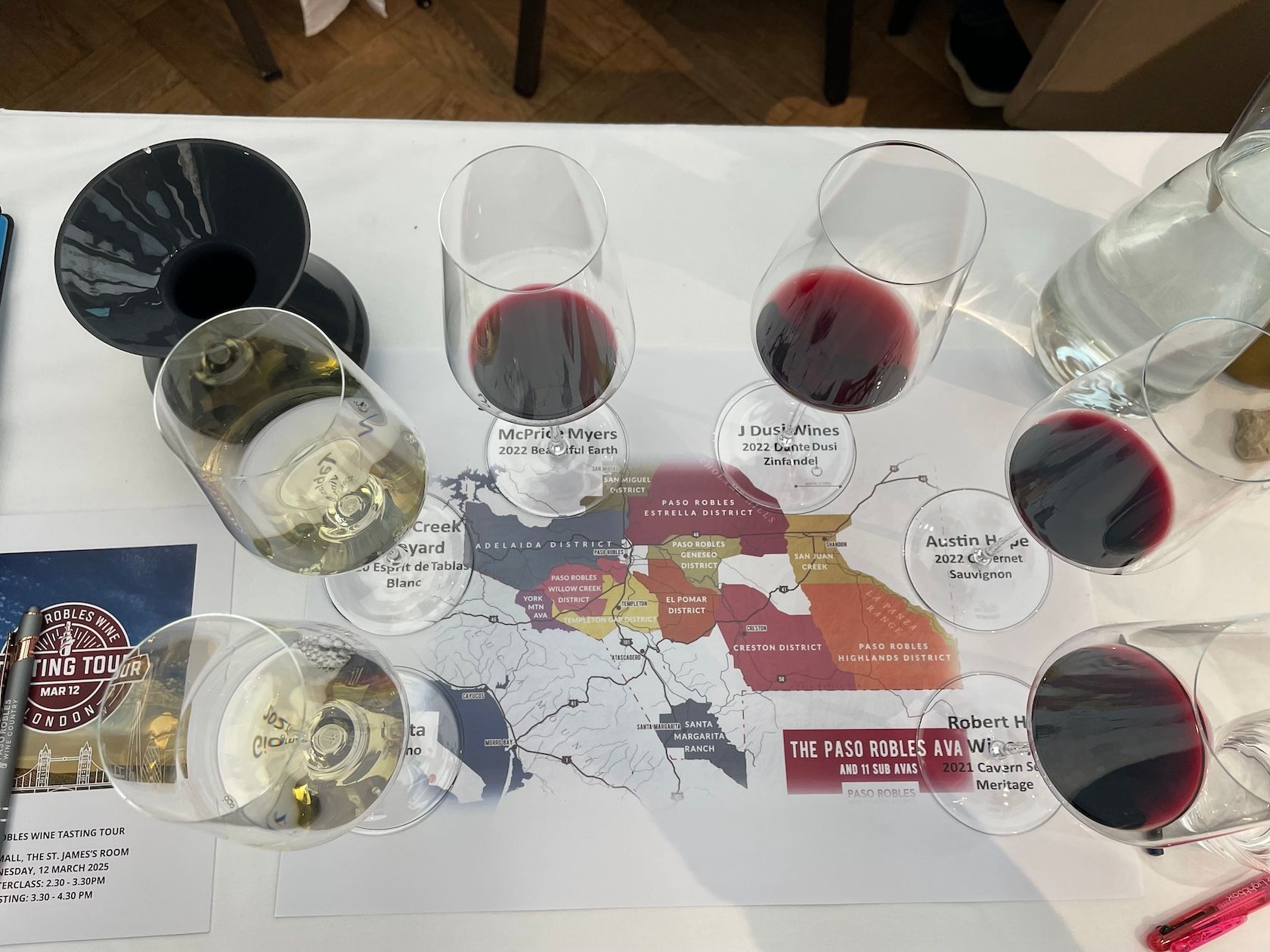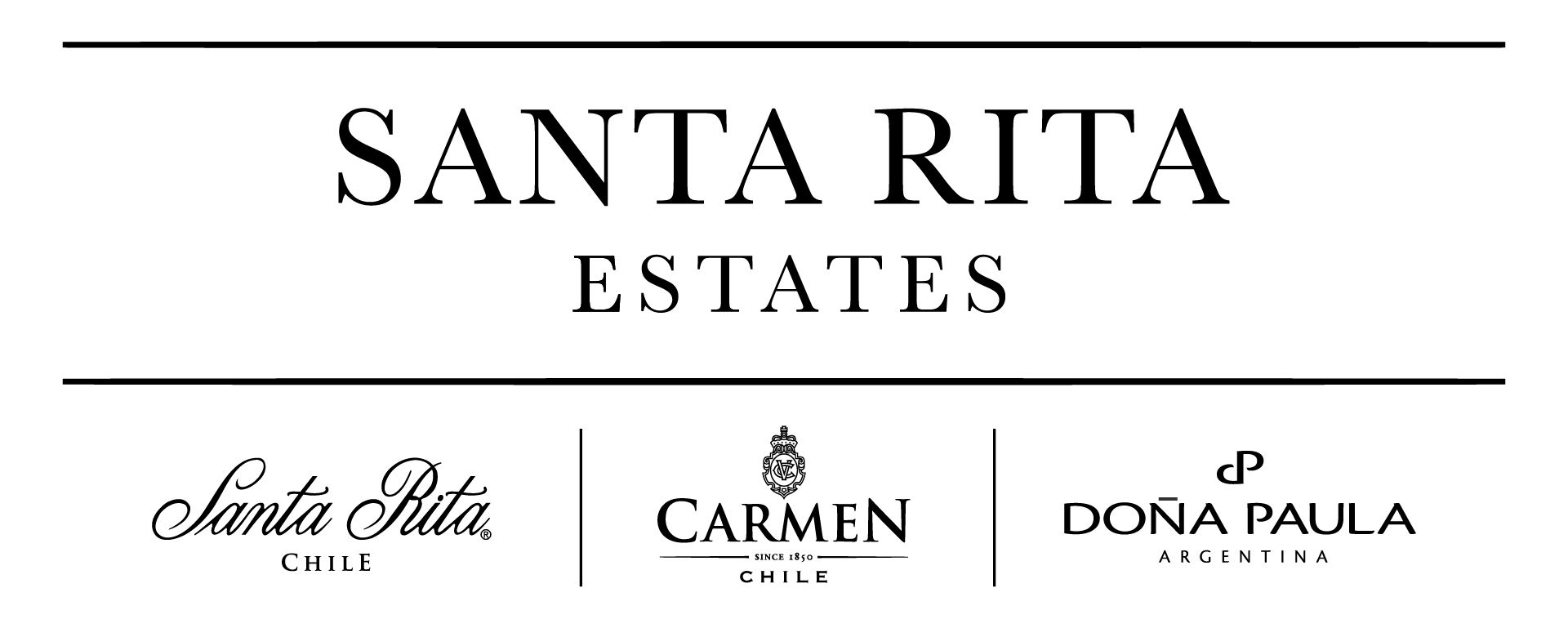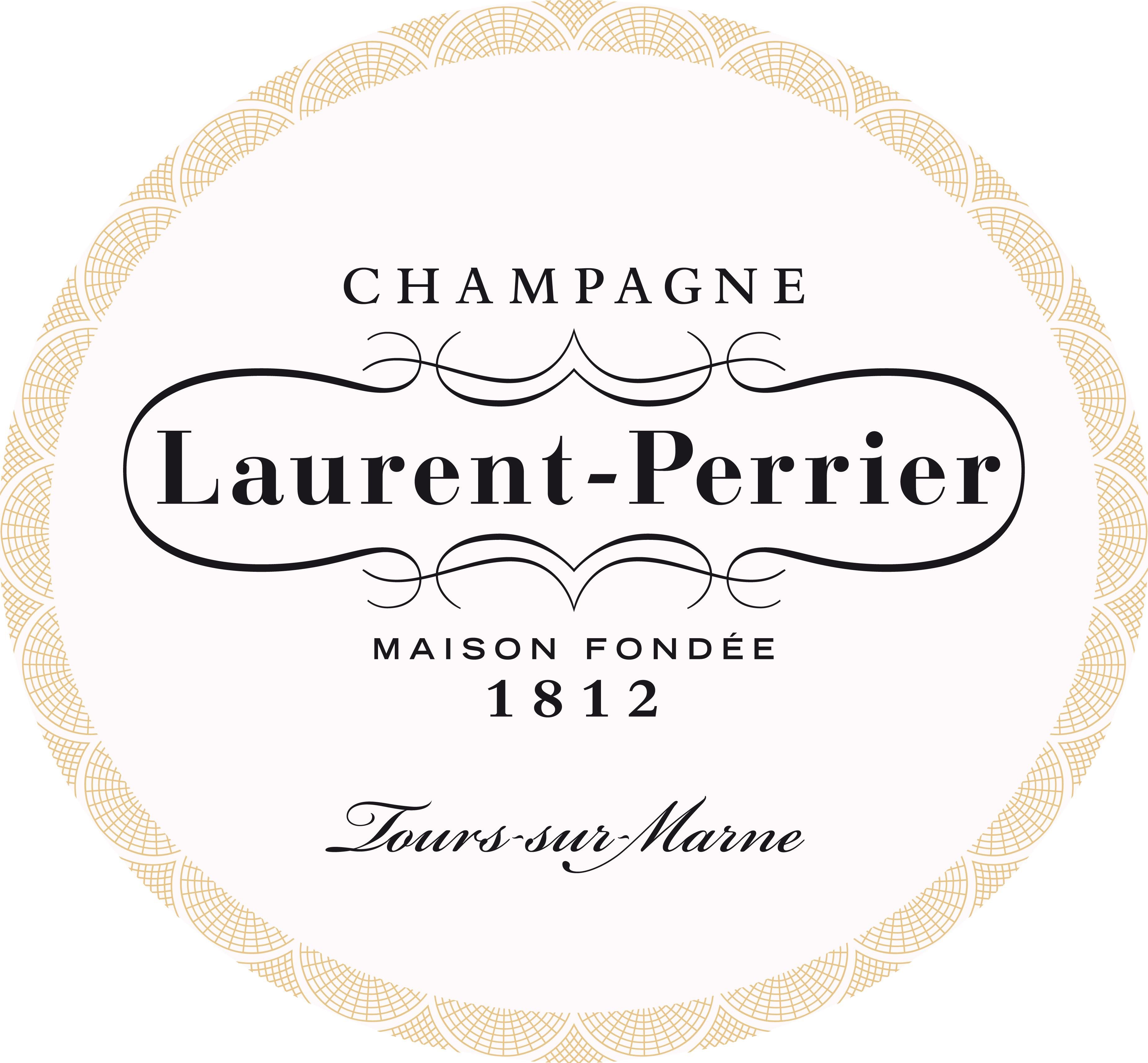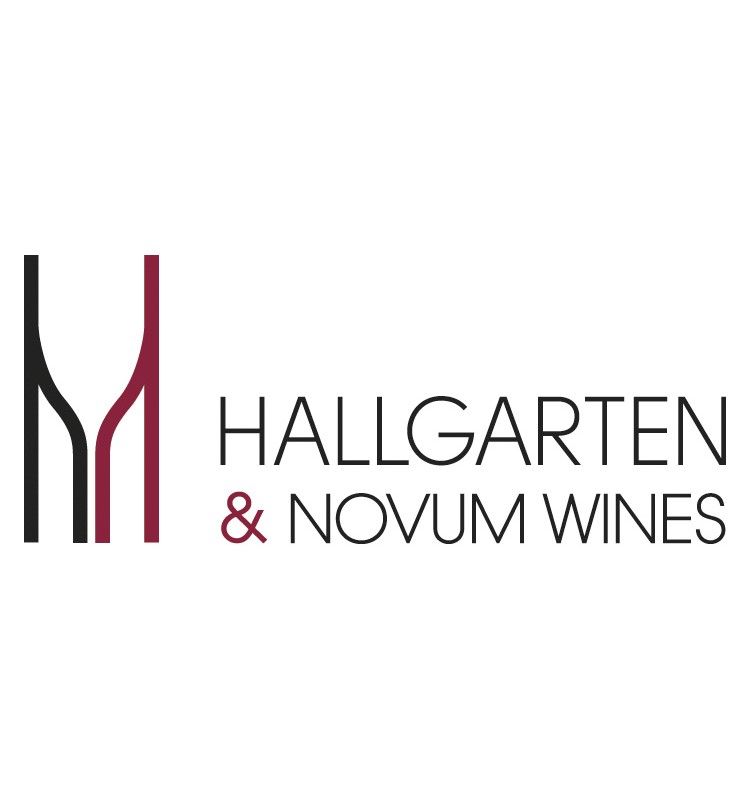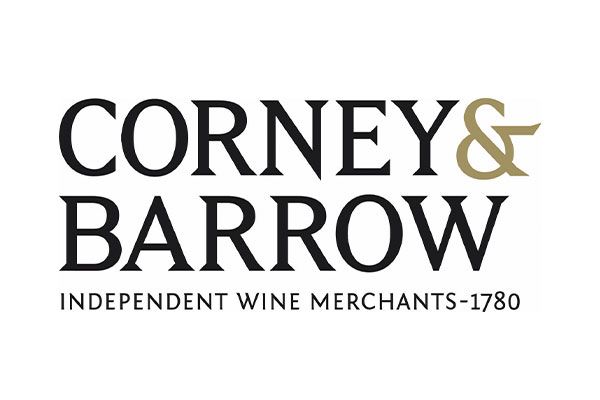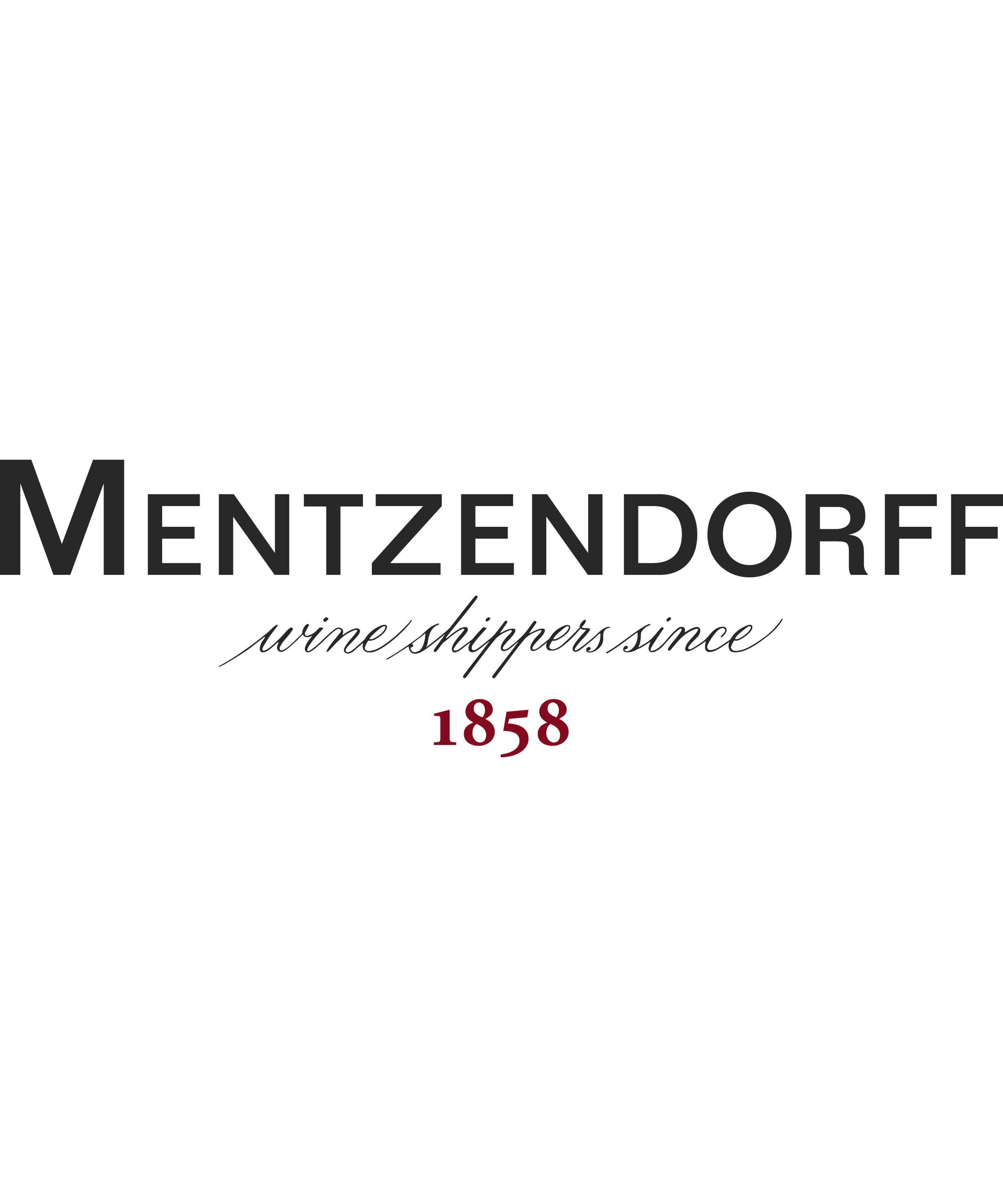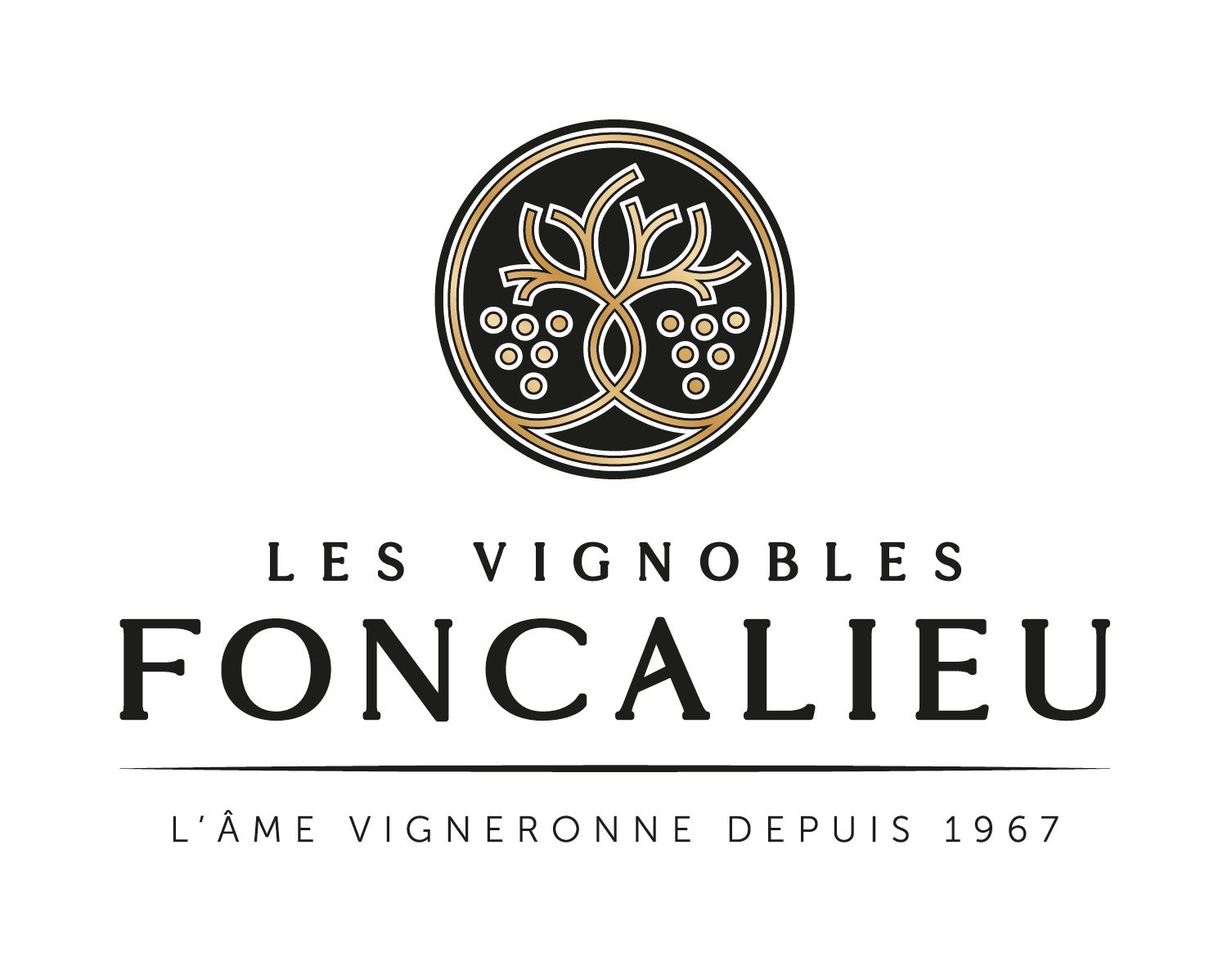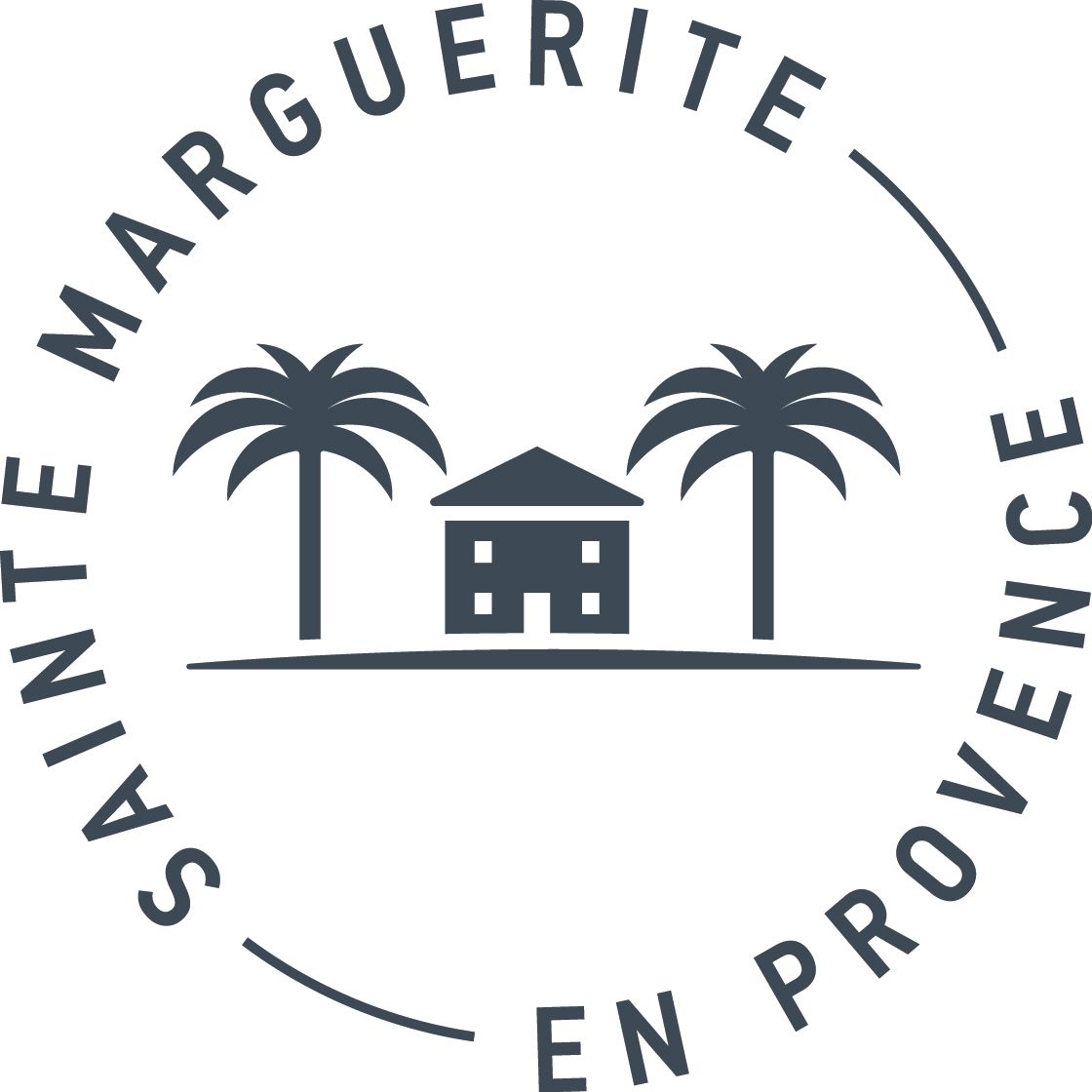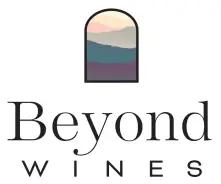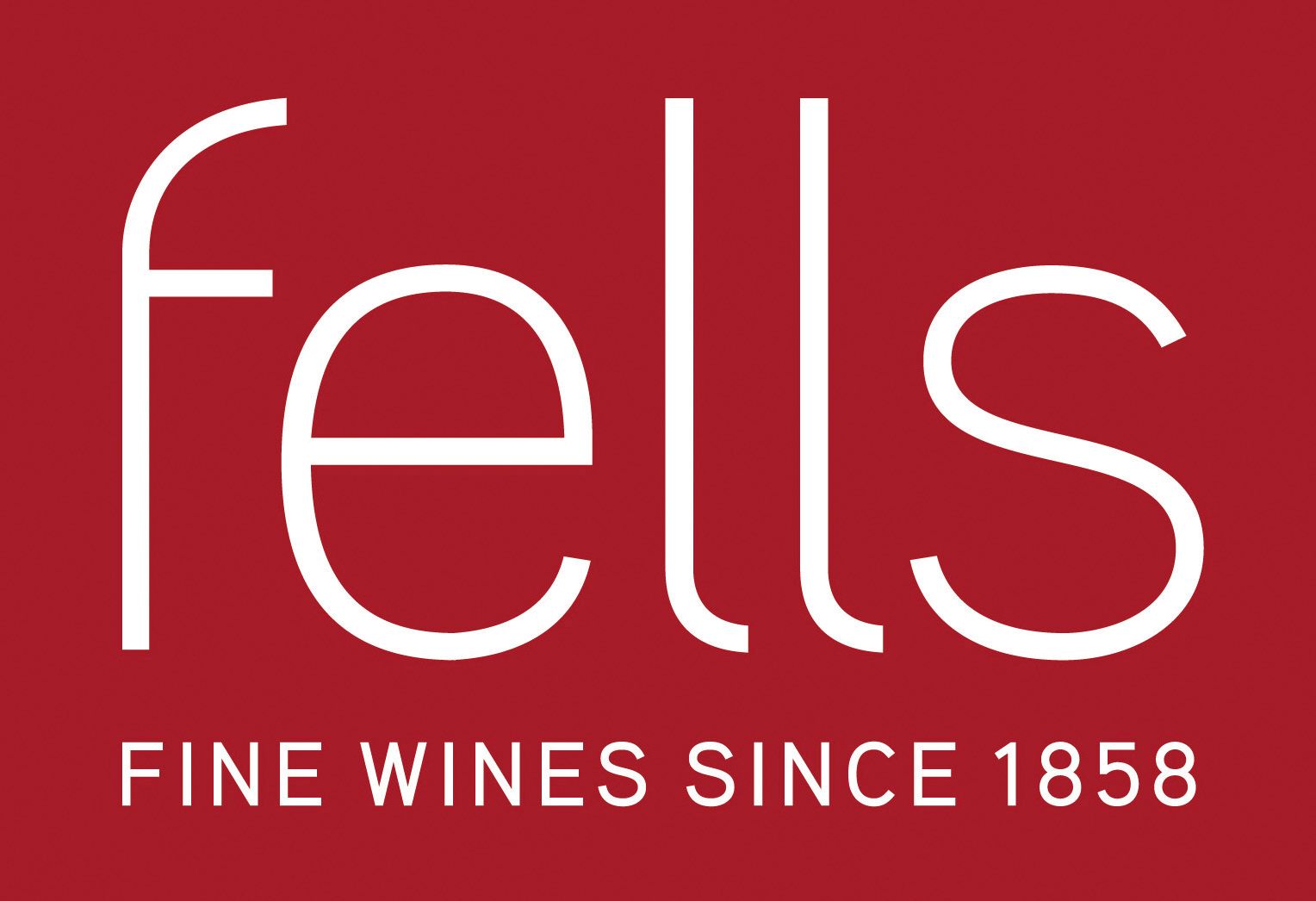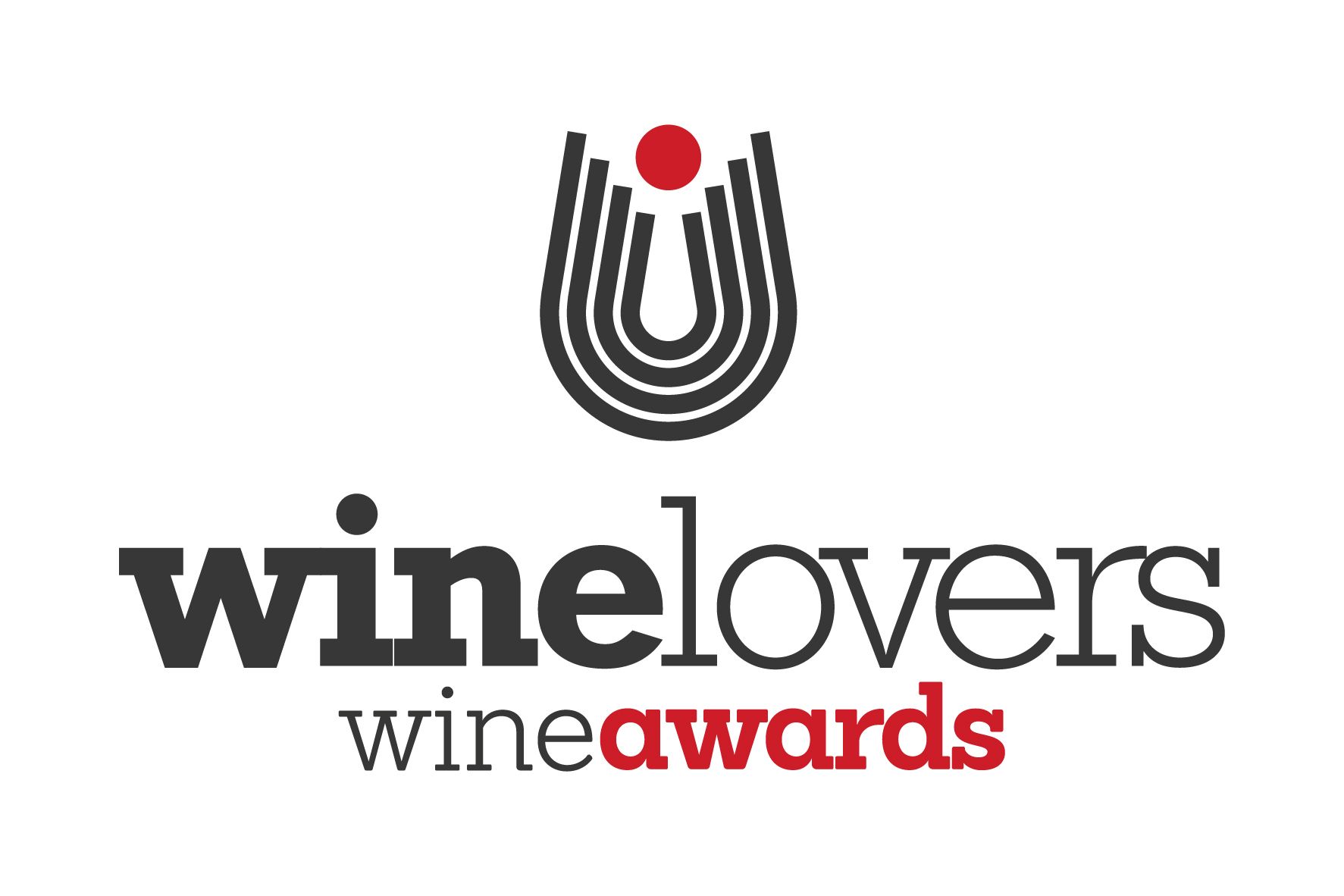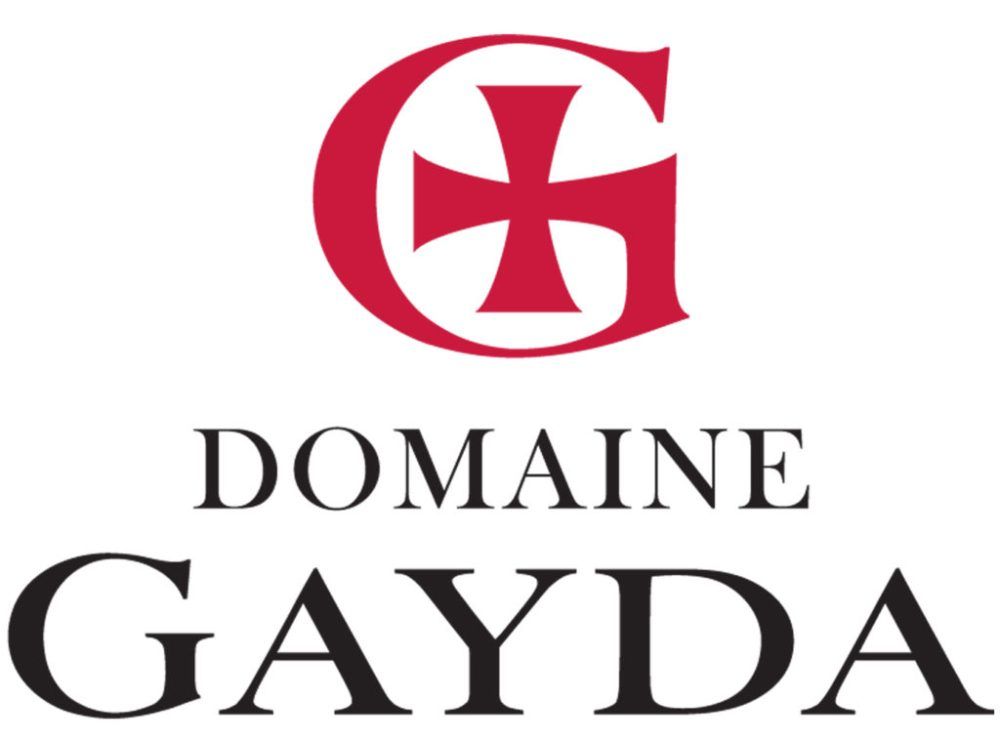Of all the wine lists he has helped put together Peter McCombie MW is most proud of the simple, but successful wine lists he created for London’s Dorchester hotel. It’s an approach he likes to see other landmark venues take.
What was the campaign and who was it for?
Some years ago I was working with the Dorchester Hotel and I thought the ‘big bible’ wine list could be a bit off-putting for some guests, so I introduced short, focused wine lists for two outlets.

What was the idea behind it?
At lunchtime in particular, people tend to be more pressed for time, so I wanted to make selection easier. Also, not everyone wants to trawl through a big list. So I created for each restaurant a separate, 40 bin wine list, with a maximum price of £100 – this was a while ago!
How did you go about pulling it together?
I didn’t want to add complications, so I selected wines from the existing list that were suitable for the restaurants’ style and food. So, for example, in The Oriental (Cantonese, Michelin-starred) there were 35 whites and 15, mostly softer, less tannic reds. I tried to make innovative selections but still keep some familiar wine styles, to keep the lists user friendly. I wanted white wines that had character and freshness and worked with Cantonese food. Lots of Riesling and other aromatics, including some Gruner.
Each wine had a simple one-line description that avoided poetry and was meant simply to encourage people to want to try the wine.
How was it introduced?
We did it without much fanfare. We did a menu tasting with the staff to encourage fresh thinking about the wine and food matching possibilities. I didn’t want to be prescriptive, or to find the ‘perfect’ match of wine and dish, rather find wines that were friendly to the menu in general. The staff were encouraged to offer the short list along with the main list; I certainly didn’t want people to be unable to order Cru Classé Claret with their dim sum, if they wanted.
How did it go down?
It was very successful, we sold plenty of wine from the short lists, sometimes wines that might not have been obvious or that were a bit lost on the main list. It allowed guests to find better wine and food combinations for themselves.
Any lessons you learnt for doing other wine lists?
We wine professionals can get a bit caught up in our own world and forget that ‘civilians’ can find it confusing and intimidating. Most of us truly enjoy wine and I want to share that enjoyment. I want to make it easy for people to explore if they want, but also to stick with what they know and like, if that is want they want.
It is a very simple concept, but maybe that’s the secret of its success.
The campaign I wish I’d done…
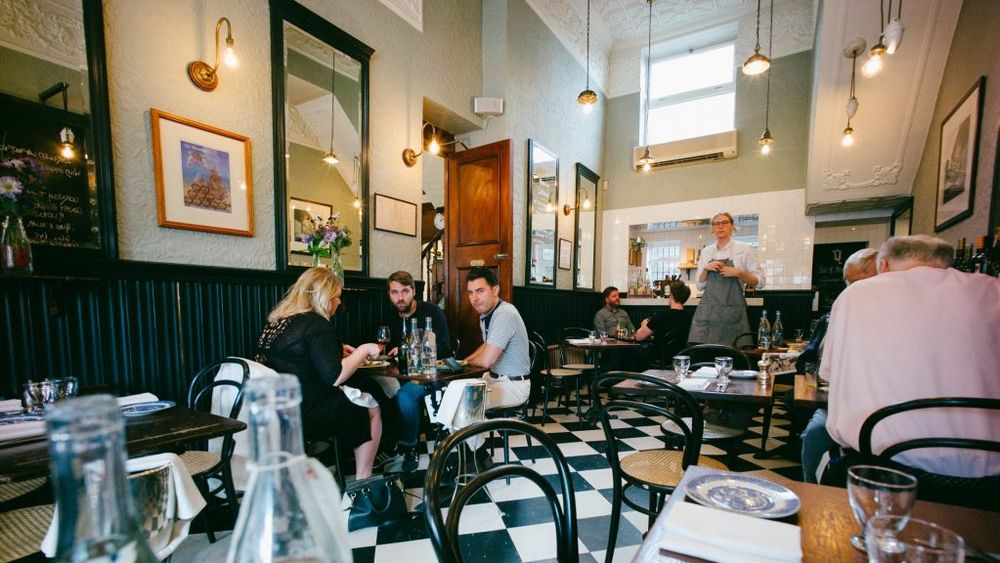
A wine list as simply and as perfectly put together as the food at the Quality Chop House
I love the Quality Chop House wine list. It’s one page, with all the drinks, including two beers, one cider, two sherries and a cocktail. I like the concision.
How do they sell the wines?
There are just three, great wine headings:
- Today’s Favourites: Wines that suit the menu, the mood and the weather; Old school to modern and everything in between.
- Big, bold and good with a chop: Bottles to tackle a big piece of protein. Just what you need with something from our grill.
- Leftfield: Something a little bit different.
Under those headings wines are broken down by colour. Each wine is introduced with a snappy description, like: “Ferrous and meaty with luscious sweet fruits, £52
Domaine de Cébène, ‘Les Bancels’, Faugères 2014”.
Why do you think it is so successful?
The list doesn’t take itself too seriously, but there has been serious thought put into it, both in terms of its structure and presentation and in the selection of wines. It is all on one page and offers some guidance on style, so the customer can make a choice without having to mess around. Perhaps some customers don’t realise how good the list is, but I bet they find it a pleasure to use.
What lessons can other restaurants take from it?
There are three lessons to take. You don’t have to have a big wine list to be serious about wine, nor do you have to show off how serious you are. Simplicity is good for the customer.

